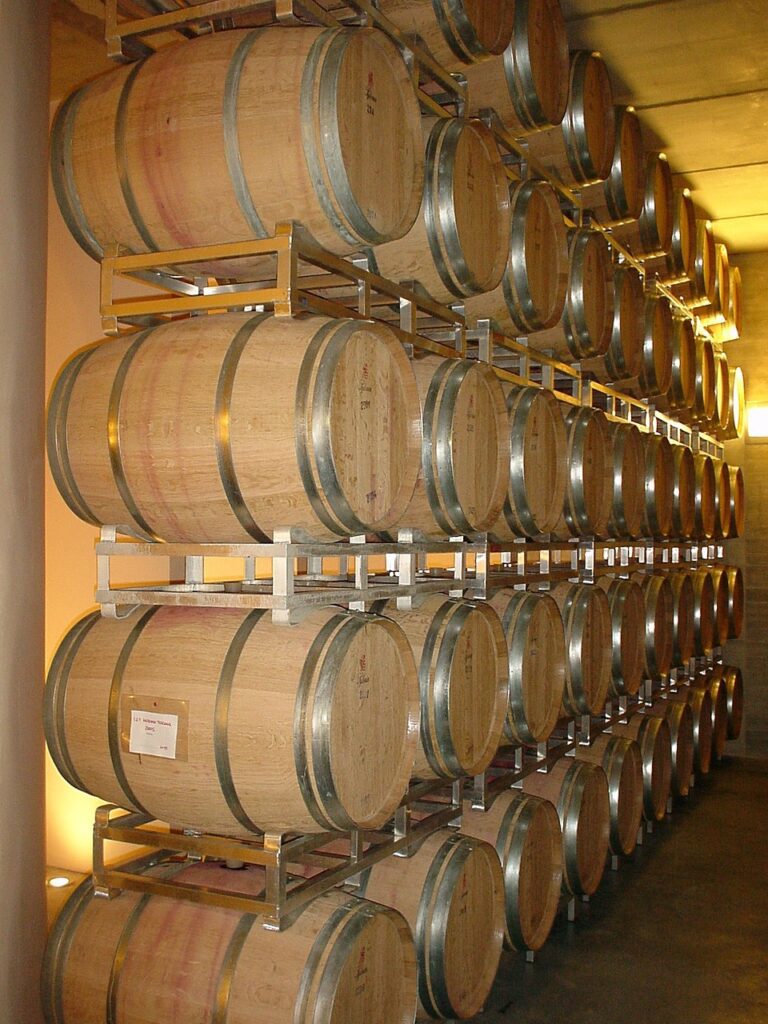If you think that laccase can be removed from juice by bentonite, then the (rotten) joke’s on you. This stubborn rumour needs to be squashed right now. Rather consider using specific oenological tannins to address laccase.
An oxidative wrecking ball called laccase
The presence of laccase in grapes infected by Botrytis cinerea is well-documented and certainly nothing to be too cavalier about. The highly oxidative laccase, an enzyme (and thus also a protein) which is quite stable in juice and wine, can cause serious oxidative damage and needs to be bounced from your juice as soon as possible. Unless you like browning and premature ageing in your wine, of course.
While maintaining an anaerobic environment to curb laccase activity in affected juice is a widely adopted technique by now, unfortunately there are also still some who believe that bentonite will remove laccase from juice. This is not true. At typical juice pH, both laccase and bentonite are charged negatively, which means according to the laws of physical attraction, there simply is no attraction. Otherwise put, bentonite will not remove laccase. Only at a pH of 2.9 and lower will bentonite bind to laccase and thus reduce its activity.
Let the real bouncers do their job
If you’re looking for a burly fellow with busted-up knuckles and a constant scowl on his face, let me introduce you to three of them: Tanin Galalcool®, Tanin VR Supra® and Tanin VR Color®. This trio of oenological tannins will bounce laccase from your juice faster than you can say, “Is this laccase character bothering you?”.
During white and rosé vinification where noble rot is evident, Tanin Galalcool® (a very pure gallic tannin extract) binds rapidly to laccase, thereby effectively reducing its activity. Gallic tannins have a natural affinity for unstable proteins and oxidative enzymes such as laccase and tyrosinase, to name but a few of this group of tannins’ oenological benefits. You should add this tough guy as soon as possible after crushing and SO2 addition.
For red vinification where Botrytis is evident, the winning tag team consisting of Tanin VR Supra® and Tanin VR Color® will seriously bust some laccase skulls together. Tanin VR Supra® should be added as soon as possible before breaking skins. Tanin VR Color® should be added at one-third of AF.
But first, a quick recap is in order. Oenological tannins should make you, the winemaker, sit upright for the following reasons:
- The sacrificial effect.
- The antioxidant effect.
- The co-pigmentation effect in the presence of colour components.
- The stabilisation effect in the presence of acetaldehyde.
Using both Tanin VR Supra® (ellagic and proanthocyanidic tannin preparation) and Tanin VR Color® (catechin tannins preparation) will enforce the listed effects as both tannins contribute to them in varying degrees. The sacrificial effect of particularly Tanin VR Supra®, as well as the antioxidant effect of both tannins, speak to not only the reduction in the activity of proteins, including laccase, but also one of its substrates (that’s oxygen if you didn’t keep up). Well, that was quite a mouthful, but then again, these tannins also do a lot in juice and wine.
In summary
Don’t use bentonite to remove laccase, it won’t work. Rather use selected oenological tannins that show strong binding affinity to laccase, such as Tanin Galalcool®, or a combination of Tanin VR Supra® and Tanin VR Color®, which offers more than just the reduction of laccase activity. To manage rot-infected grapes, visit https://laffort.com for a fermentation protocol, or contact your area’s sales representative.
Hopefully, I have now convinced all of you that removing laccase with bentonite is about as likely as your Fortuner driving itself to Struisbaai over the coming Easter holidays.
Cheers!
– For more information, contact Bernard Mocke at bernard.mocke@laffort.com.
Click here to get your copy of WineLand Magazine and here to subscribe to our newsletter.













